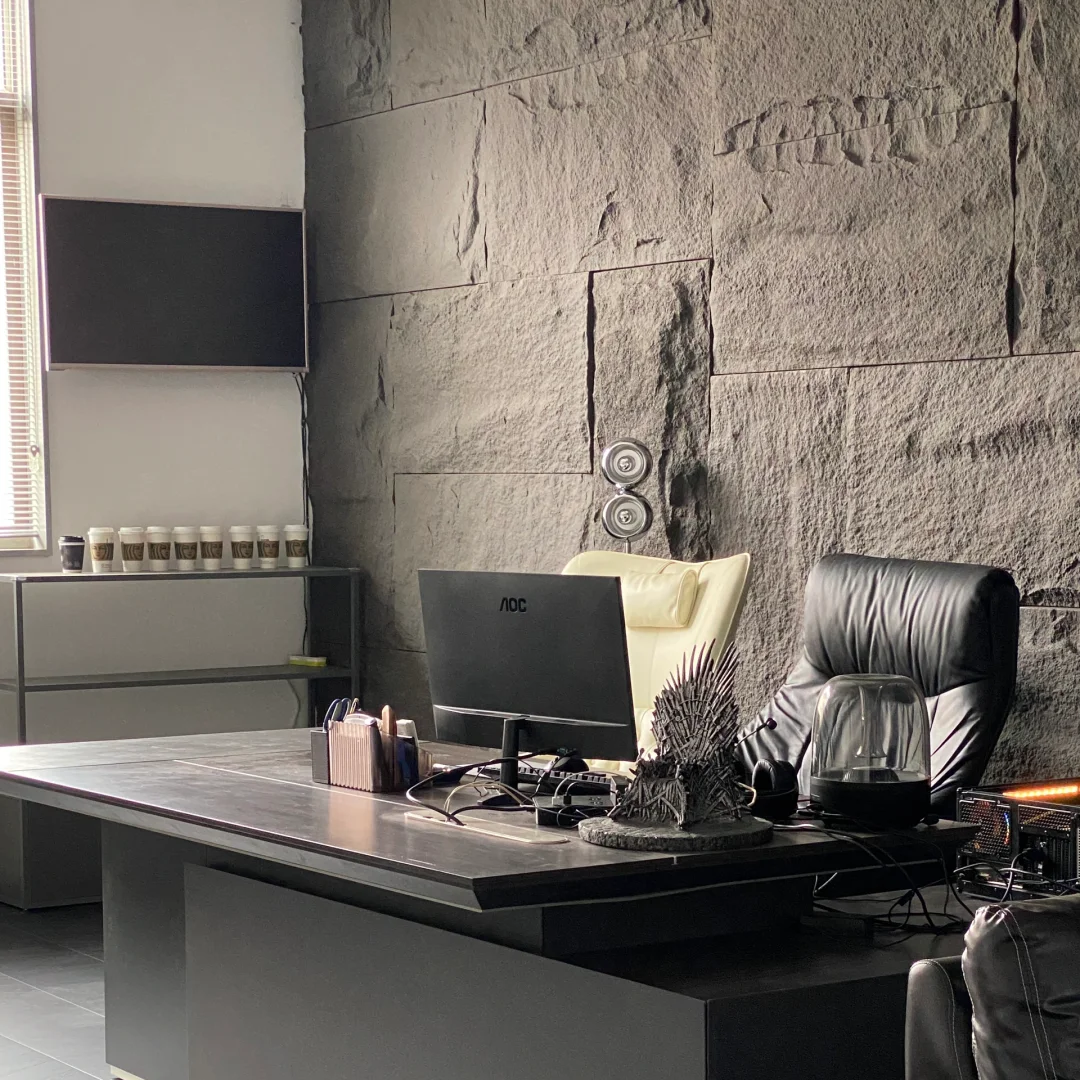As green building standards rise worldwide, WPC is becoming a trusted material in sustainable construction. Its low environmental impact and compliance with key certifications make it an ideal choice for eco-conscious projects.
Eco-Friendly by Design
WPC is made from recycled wood fibers and plastics, reducing the demand for virgin materials. This circular use of resources helps lower overall waste in the construction process.
Low VOC, Health-Safe Performance
WPC flooring and wall panels meet low VOC standards, contributing to healthier indoor air quality. This is crucial for earning credits in systems like LEED, BREEAM, and WELL.
Real Projects, Real Impact
In multiple green-certified projects, WPC has been selected as a compliant alternative to natural wood or PVC-based materials. Developers value its durability, water resistance, and ease of installation—alongside its environmental profile.
Supports Carbon Footprint Reduction
Thanks to its recyclability and longevity, WPC helps reduce maintenance frequency and material waste, which supports lower long-term carbon emissions in building life cycles.
Conclusion: A Smarter, Greener Choice
Sustainable building is about materials that perform—and protect the planet. WPC delivers on both fronts, helping projects meet today’s green standards without compromising on design or function.



